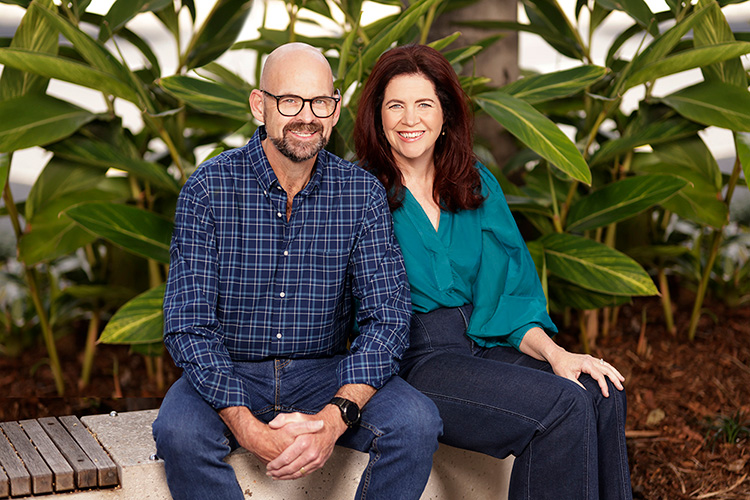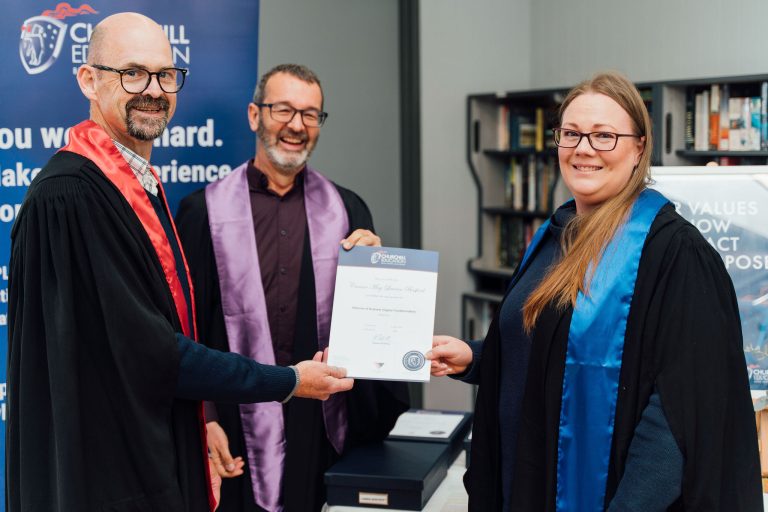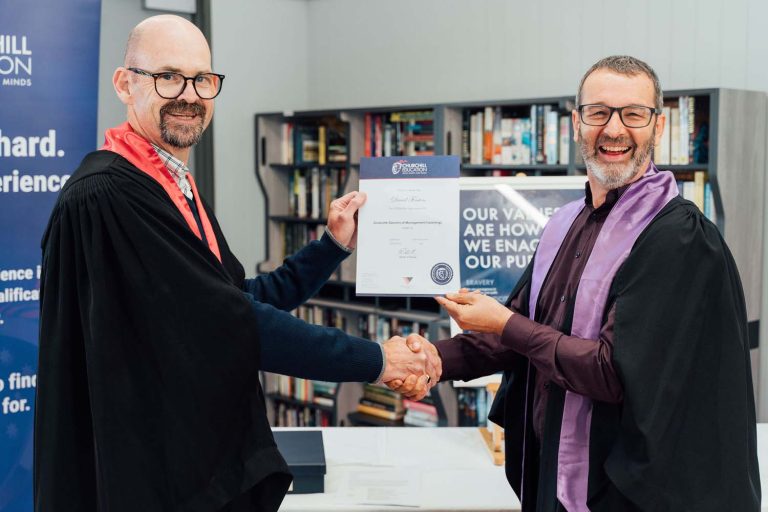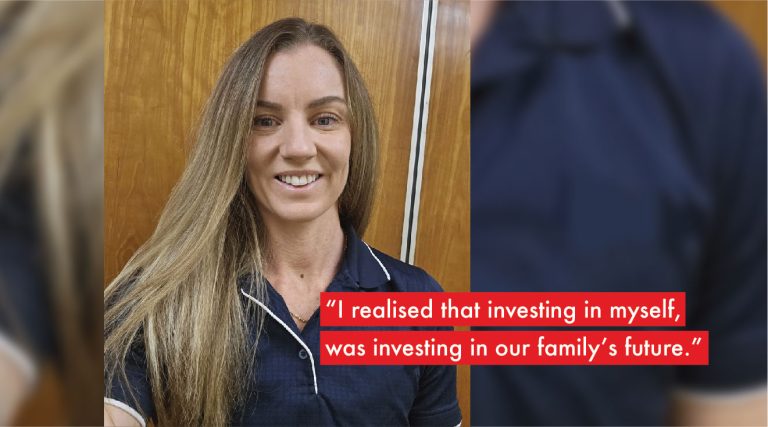Hi, it’s Carmen here, Skills Development Advisor at Churchill.
Keywords. What are they and where do you put them?
Right, let’s get started.
Keywords are pretty much exactly what they say on the tin: the key words or phrases you include in your LinkedIn profile to highlight skills, qualifications or roles that you have and employers are searching for.
Employers can use the search box to look up keywords and find profiles that include them.
Peppering your profile with the right keywords is an effective shortcut to getting your profile seen by the right eyes, and a time-saver for everyone involved.
Find out what you’re eligible for
If employers on the hunt know they need someone with a Certificate IV in Work Health and Safety and your profile clearly states that you have a Certificate IV in Work Health and Safety, they know you’re meeting their criteria before you’ve even applied. It’s like a matchmaking service for the job market.
So, which keywords should you use?
First of all, think about the job that you want next. Look up job sites (or search on LinkedIn itself) and see if you can find a position that matches your ideal future role. Have a look at the words that the job ad uses.
- What are the measurable things they’re looking for? For instance, do they say they want 5+ years of B2B sales experience in the automotive industry?
- What qualities do they require in their employee? It could be an industry where speed and precision are valued, or one where total output is the most important factor.
- What are the buzzwords, jargon and industry-specific terminology that come up in job descriptions? This might include software, hardware, equipment, tools, skills, techniques or other systems. If you’re using acronyms, make sure you also use the full terms they apply to, in case someone searches one or the other.
- Are there particular qualifications you need to hold for a role, or specific licenses? What about relevant laws or regulations that you’re required to be familiar with in your line of work?
Once you’ve looked at a few job ads with these criteria in mind, you’ll have a fairly good idea of what keywords you need to put into your own profile.
The next step is using those keywords to maximum effect.Time to get tricky…
Essentially, what you need to do is put your keywords in as many places in your profile as you can, without making it look or sound silly. Here are the key places to use your keywords:
- Headline
This is the most important place to include your keywords, according to the LinkedIn algorithm. You have 120 characters to play with here. An example could be: B2B Sales Professional/Luxury Vehicle Specialist/Holder of Certificate IV in Automotive Sales/5+years of high volume sales - Summary
In this section, you can tell the potential employer about why you would be an asset to them in more detail. Give them facts, like: ‘In my position with XYZ, I increased B2B automotive sales by 16% in a period of six weeks.’ - Job titles
You have 100 characters to play with here. Your role probably had a brief official title, but use the extra space to drop in some achievements, skills or detail areas of specialty. E.g. ‘B2B Car Sales Expert/Specialist in Luxury Vehicles: Mercedes, Jaguar/ 2014 B2B Consultant of the Year.
A couple of last tips:
- Phrase your job title a few different ways to capture as many keyword search options as you can. For instance, if you worked in B2B Sales in the Automotive industry in a middle management capacity, your title could be phrased as: B2B Sales Manager, Automotive / Automotive B2B Senior Sales Consultant/ Experienced B2B Sales Professional/ B2B Sales Account Manager, Automotive
- If you’ve got a smartphone, there’s a LinkedIn app that you might find useful if you’re looking for new opportunities. The app can recommend jobs based on saved searches, other jobs you’ve viewed and your profile, and send you notifications when new jobs come up. Very handy, indeed.
Lastly, if anyone out there is a B2B Sales Consultant in the Automotive industry and has a spare Mercedes or Jaguar taking up space, I’d be happy to take it off your hands. There’s that customer service, again!
If you are looking to boost your LinkedIn Summary by improving your qualifications, Churchill’s approach to Recognition of Prior Learning (RPL) can help you convert your experience to qualifications. Send me an email at carmen@churchilleducation.edu.au or give me a call on 1300 793 002 and we can chat about what you could qualify for.








